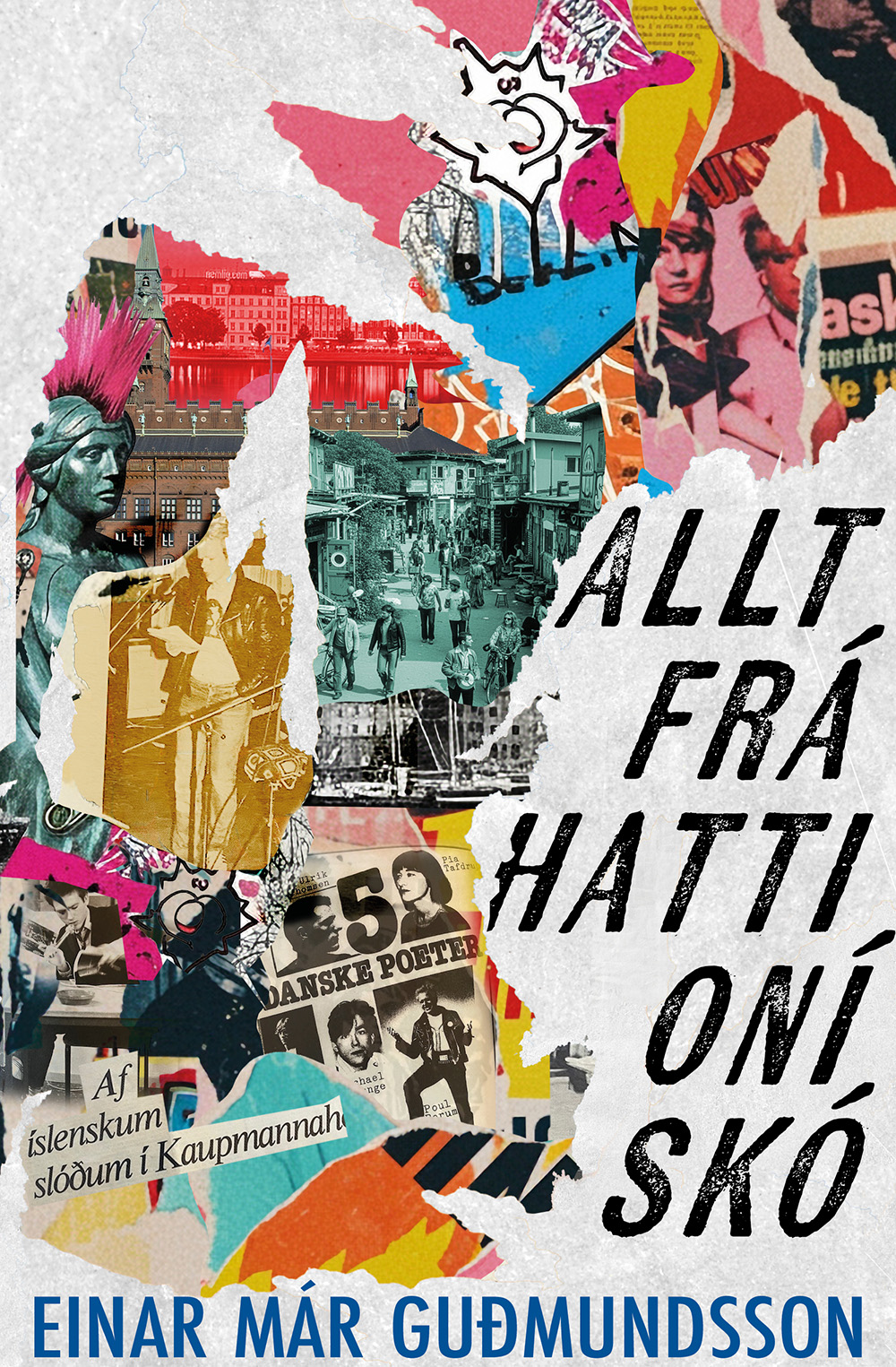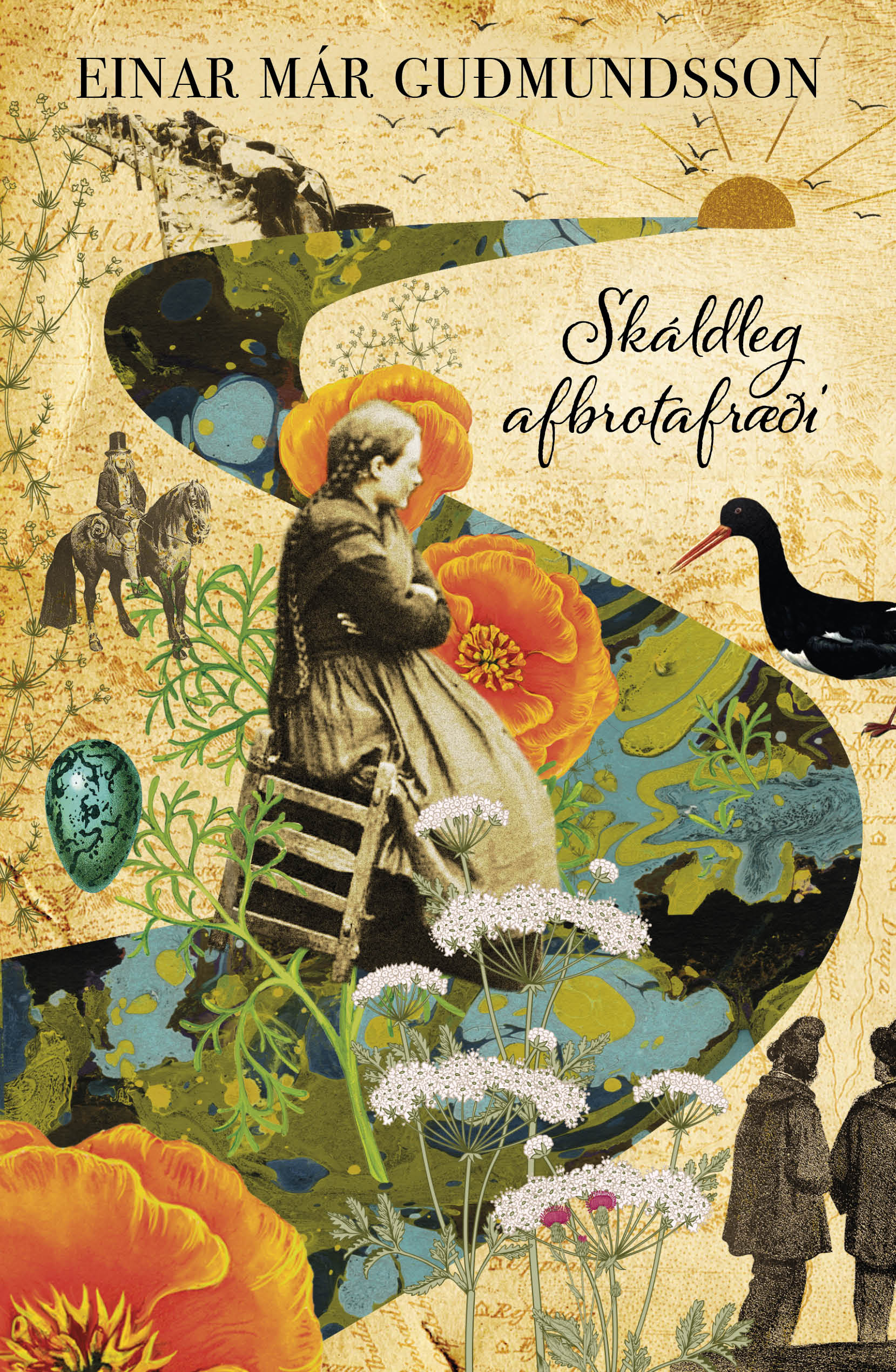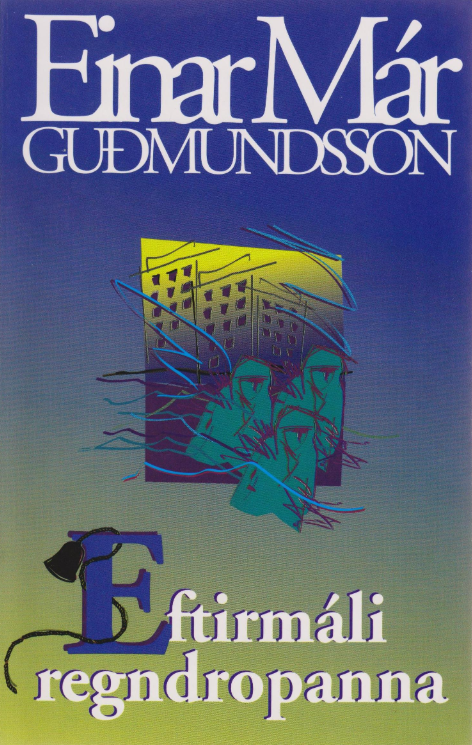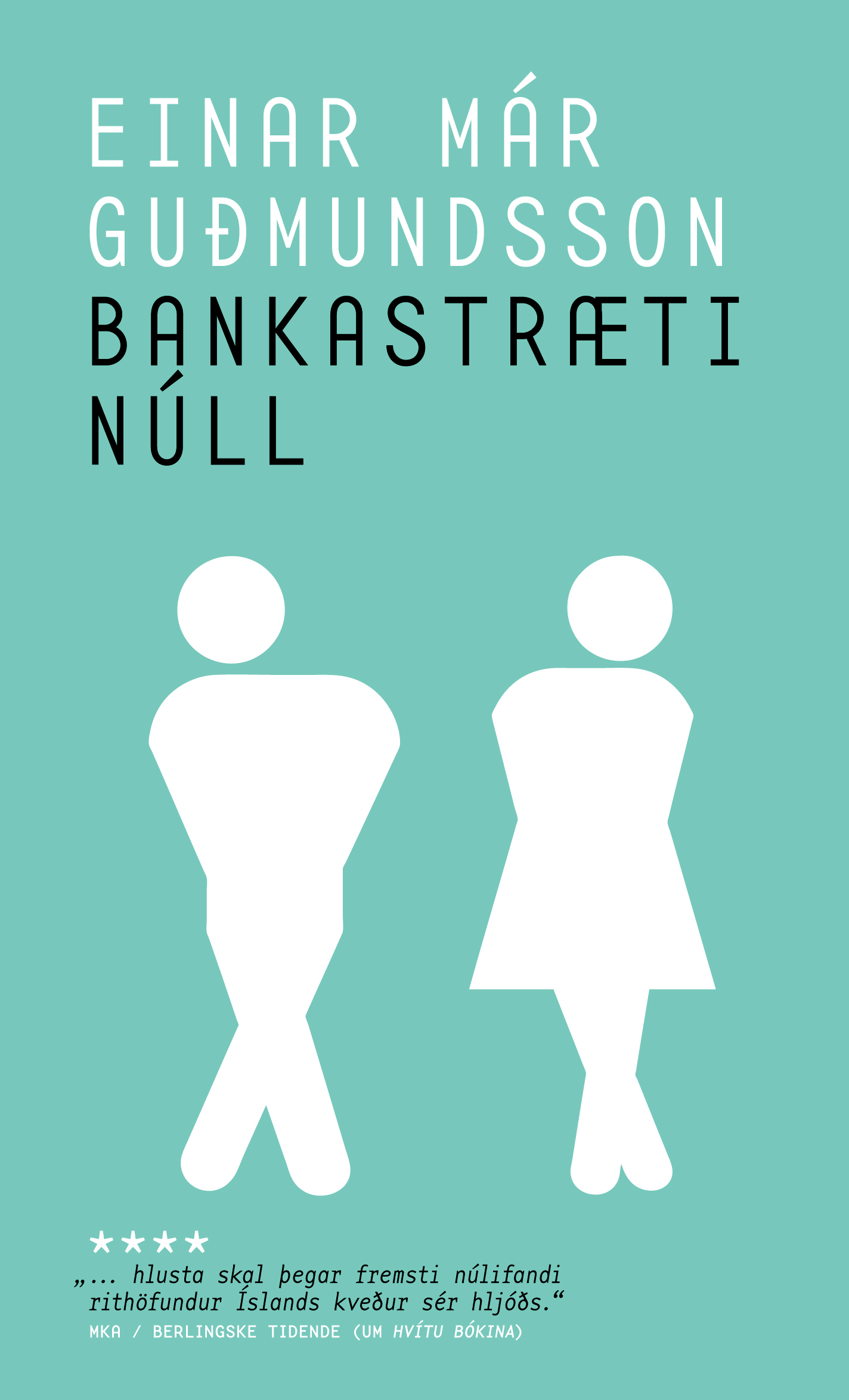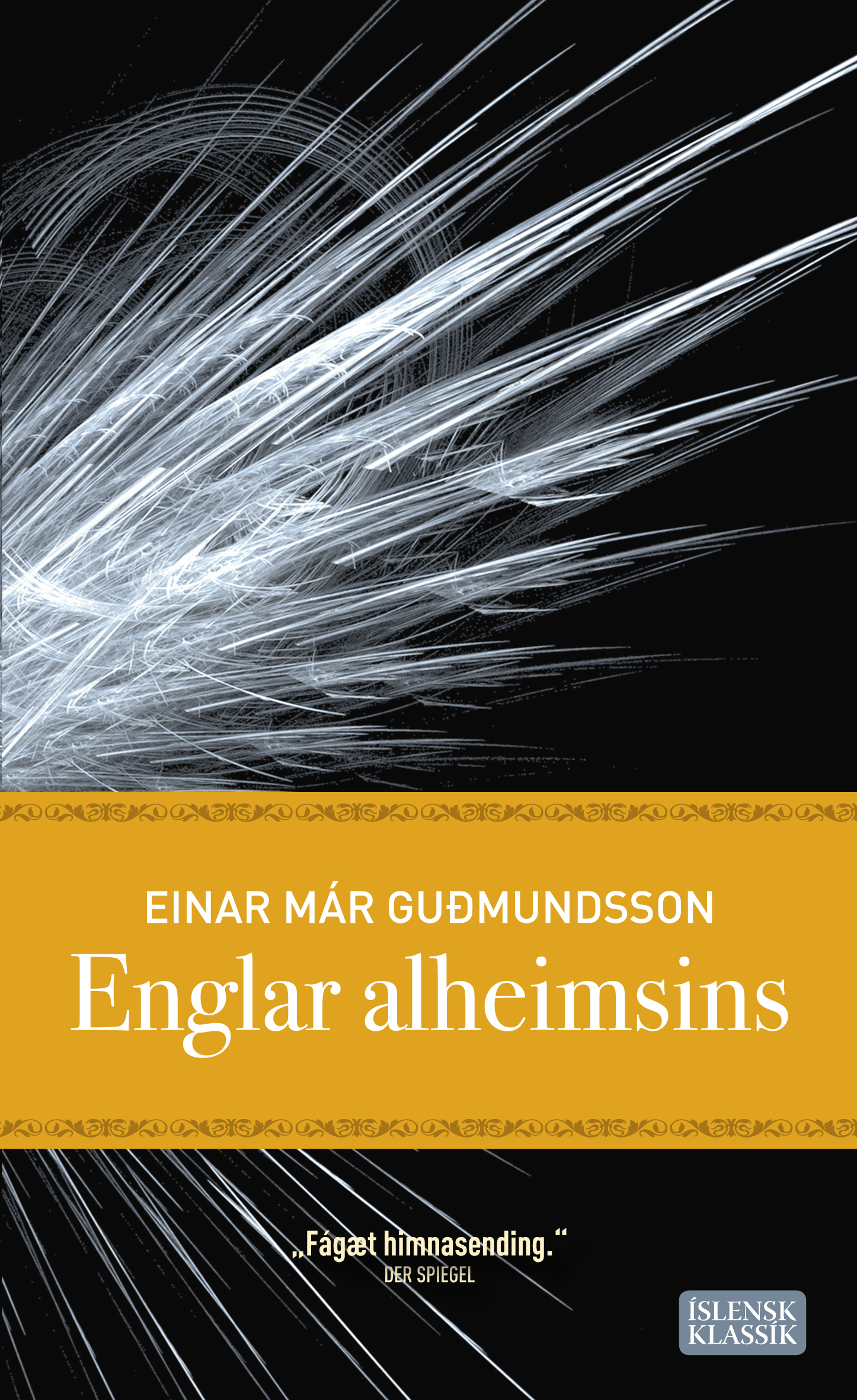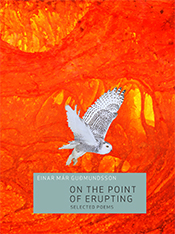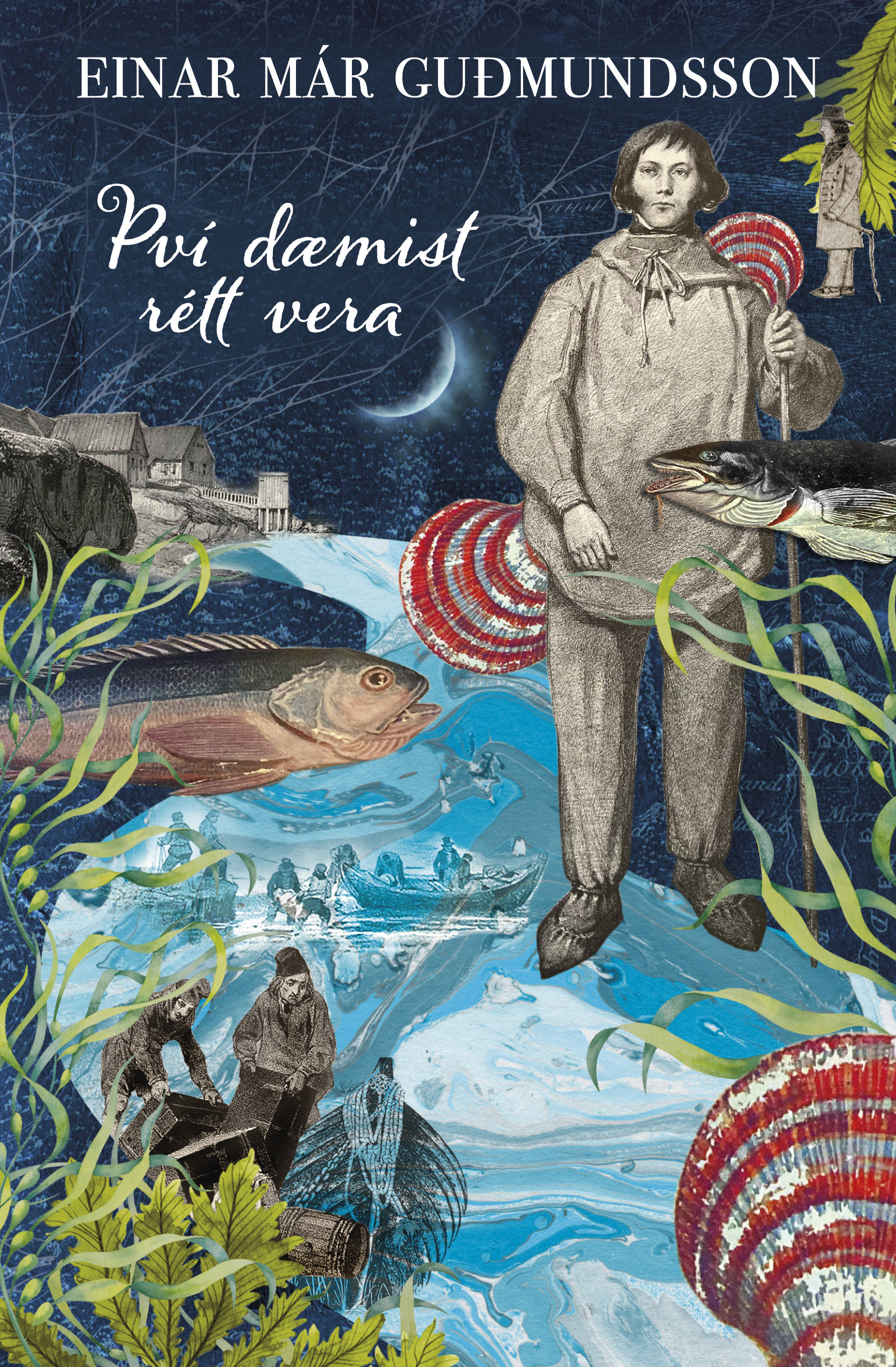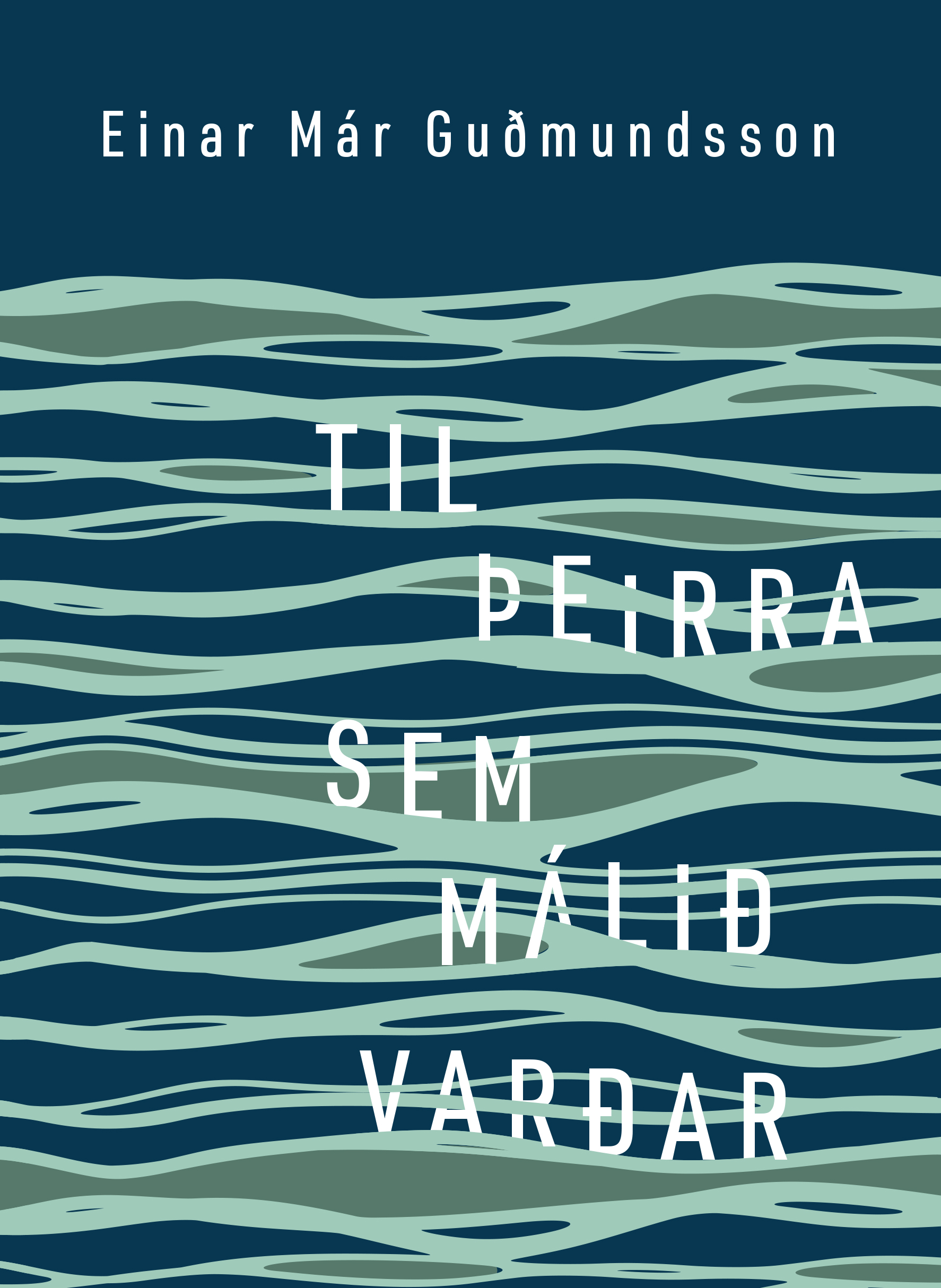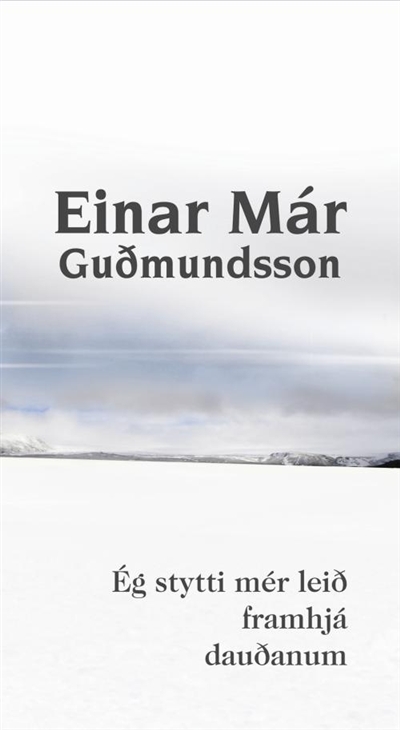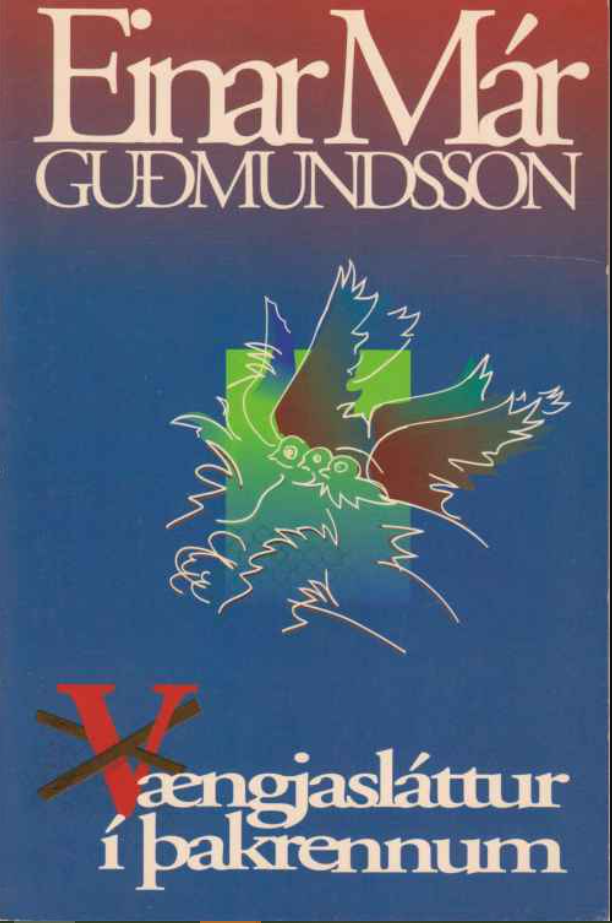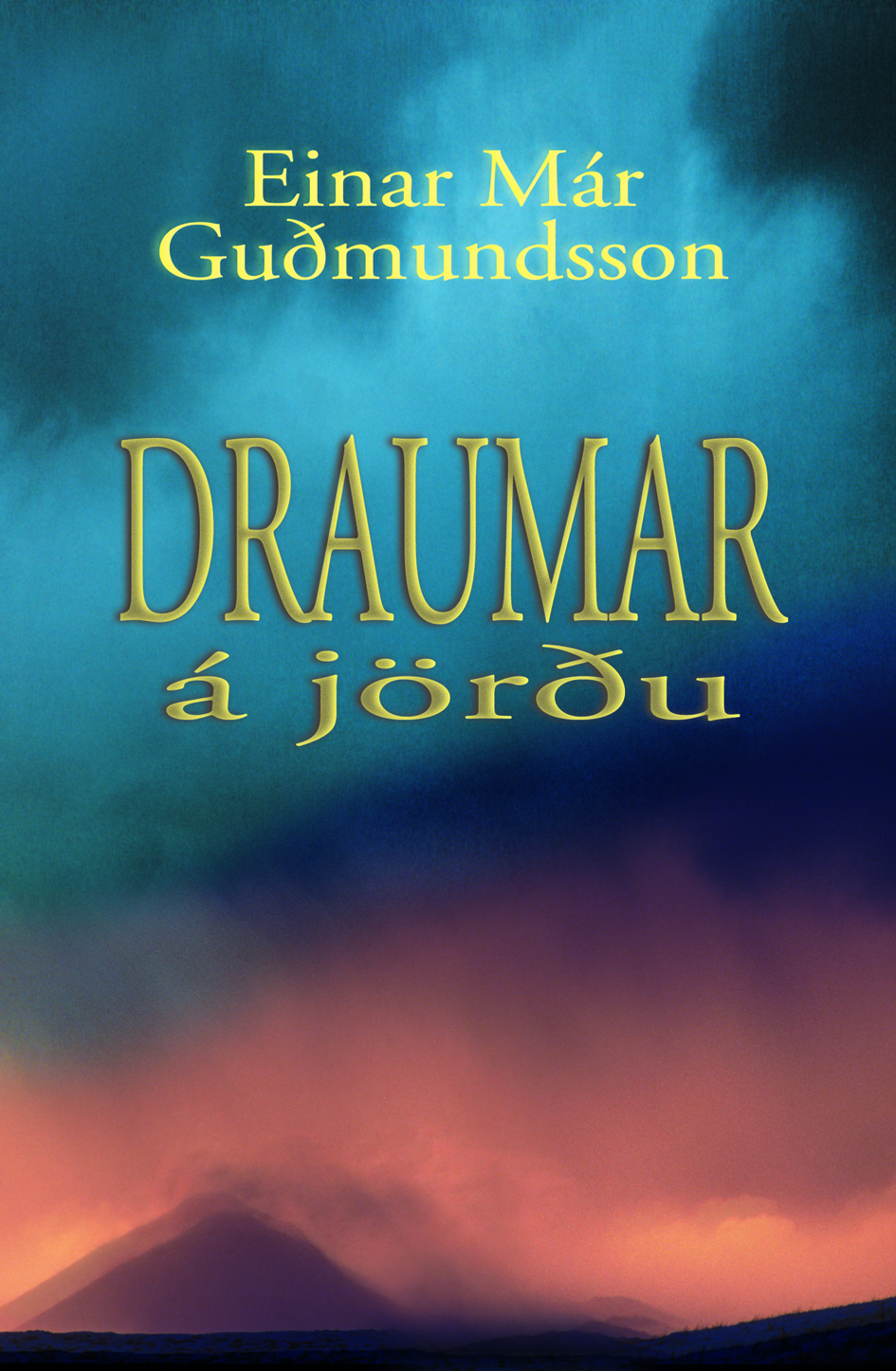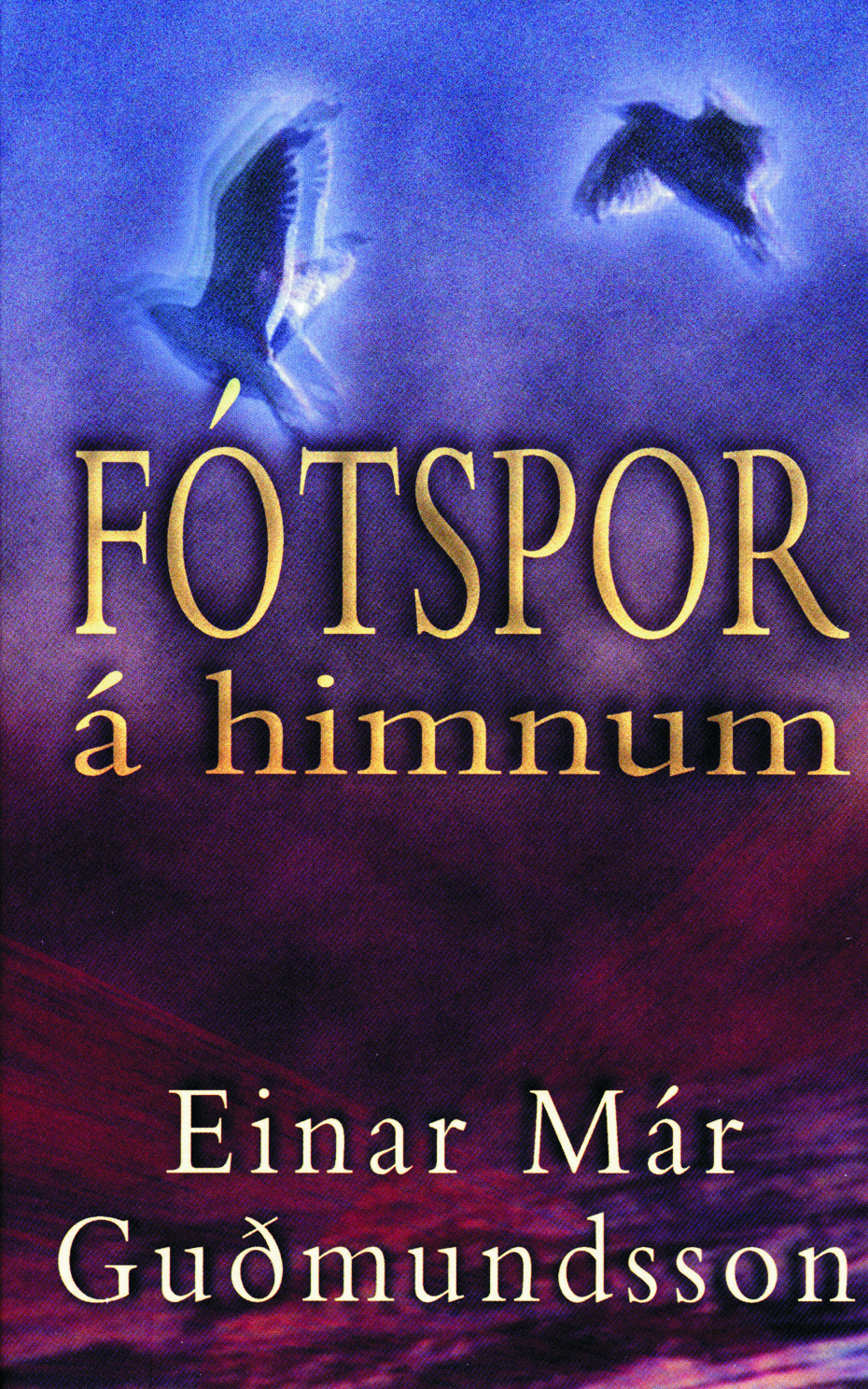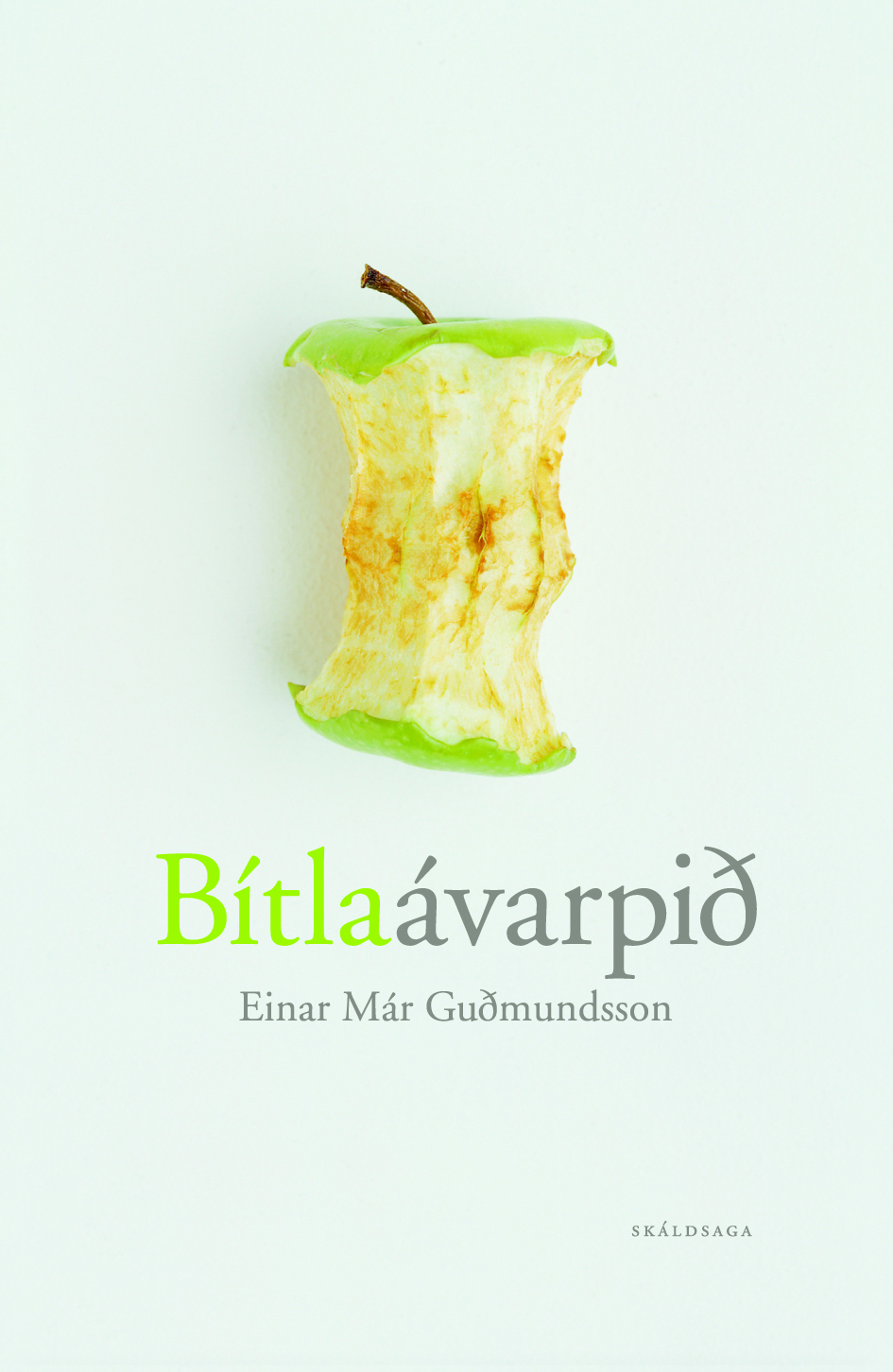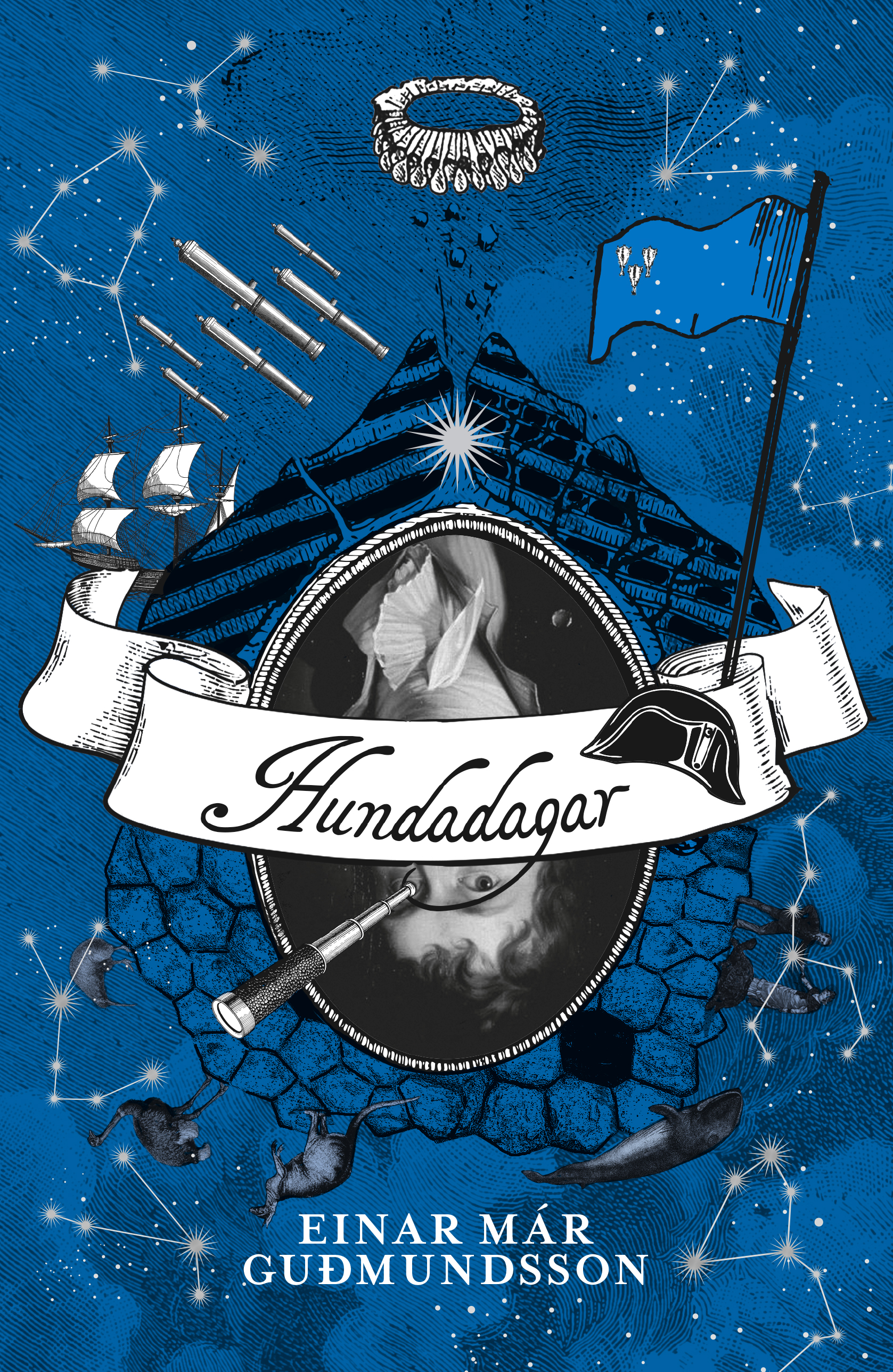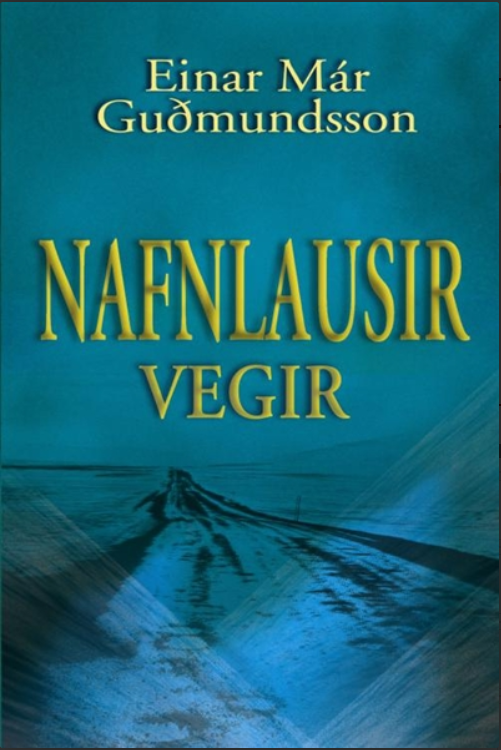
- Pages: 2013
- Genre: Fiction
- Year: 2013
- Translation: Sample translation in English
- Sold to:
- Norway (Cappelen)
- Sweden (Natur & Kultur)
- Faroe Islands (Sprotin)
- Denmark (Lindhardt & Ringhof)
Nameless Roads continues the saga of the memorable and colourful characters Einar Mar Gudmundsson introduced to us in his best-selling books Footprints on the Heavens and Dreams on Earth.
Gudmundsson’s style and narrative technique have evolved in new directions with this trilogy. The lyrical visions and relish of nature and the supernatural are still
there, but their earlier baroque exuberance has been finely hewn into almost Biblical archetypes; the characters stand out boldly from their social and physical
backgrounds, larger than life but psychologically convincing. A unique depiction of life in Iceland in the first half of the twentieth century.
Reviews:
“Nameless Roads is the third of Einar Már Gudmundsson’s series of books about the family of their narrator, Rafn Ólafsson. Everything that has already been said about the brilliance of the style, the lyricism of the narrative, and the interweaving of national and personal histories in his previous two books, applies to this volume as well. … In the closing chapters of Footprints on the Heavens, Rafn´s uncles were fully grown and ready to conquer, if not the world, at least Reykjavik. Dreams on Earth then came as a lyrical intermediary chapter in which Saeunn, their sister, became the protagonist. It is one of the most stirring books in the series, written with a sensitive poetic touch that elevates the whole text and gives it its power.
Nameless Roads is every bit as good as Dreams on Earth. The drop of emphasis on the poetic is compensated by stronger characterisation. As this series of books evolves, Einar Már´s debt to the tradition of oral storytelling becomes increasingly apparent. Stories reappear with slight variations and each character is distinguished by his own narrative style and repartee. … Einar Már’s novels are historical novels in the best meaning of the term. They reveal characters to us that are both the subject matter of the stories and active participants in them. The book opens with a quotation from Karl Marx: “Men make their own history, but they do not make it just as they please” These words have never been truer, as Einar Már’s novels eloquently demonstrate. A lyrical history of the twentieth century written with a sense of perspective, understanding and great talent.”
DV daily newspaper, Jón Yngvi Jóhannsson
“The most entertaining of these three books, his humour blossoms to the full. Einar Már hits the mark, as always. A truly wonderful book.”
Ísland í bítið, Breakfast TV, Channel 2, Súsanna Svavarsdóttir
“This is a book that befriends you, embedding itself in your mind, like the previous two. As before, the stories are not linear but rather move back and forth in time. … This fragmentary approach to Icelandic narrative tradition is what makes Einar’s books so entertaining. … I fully recommend this journey down these Nameless Roads.”
Kastljós, Icelandic National Television, Úlfhildur Dagsdóttir
“To give silence a voice and remember the forgotten”
As everyone knows by now, Einar Már Gudmundsson’s fiction draws on the well of his father’s family history, and he uses the tradition of these past generations as raw material for his fiction by intertwining historical fact with fantasy.
As I’ve said before, Einar Már has struck on a rich mine in these books; and the past that he describes in these stories is, in many ways, the past of us all, and most readers will therefore have little difficulty in connecting with these stories and being enchanted by them. But their magic does not least lie in the artistic sensitivity with which he works from this material. His narrative style consists in giving a personal tilt to the Icelandic tradition of story-telling, in the best tradition of so-called “Nordic literature” – of which William Heinesen is perhaps the foremost exponent. Einar Már, himself, has acknowledged the influence of the Faroese master on his writing, and this collection of stories has something in common with Heinesen’s “Thórshafn Stories” in which the main focus is on character description and less emphasis is placed on the “plot”. It is precisely characterisation that constitutes the core of this book, as it did in the two previous volumes. The narrator, Rafn Ólafsson, mostly keeps a low profile and allows the pictures of the various family members to develop of their own accord, as they evolve in the text…
But even though Ragnar, the idealist, and Ívar, the realist, are in the foreground of the pictures Einar Már draws in Nameless Roads, there are countless other characters who appear in the book, many of which are just as colourful as the two brothers. Nameless Roads adds more pieces to the jigsaw of Einar Már’s family history, and I’m sure there is plenty more material to be tapped here, before the overall picture is completed. … Once more this proves how fiction and reality can merge into one. Fiction may be a world onto itself, but at the same time it holds a mirror up to society. And at its best, fiction gives us insight into the lives of individuals and the societies they live in a way that historians, no matter how accomplished they may be, rarely can. Einar Már Gudmundsson’s book is a work of that precious ilk.”
Morgunbladid daily newspaper, Soffia Audur Birgisdottir




